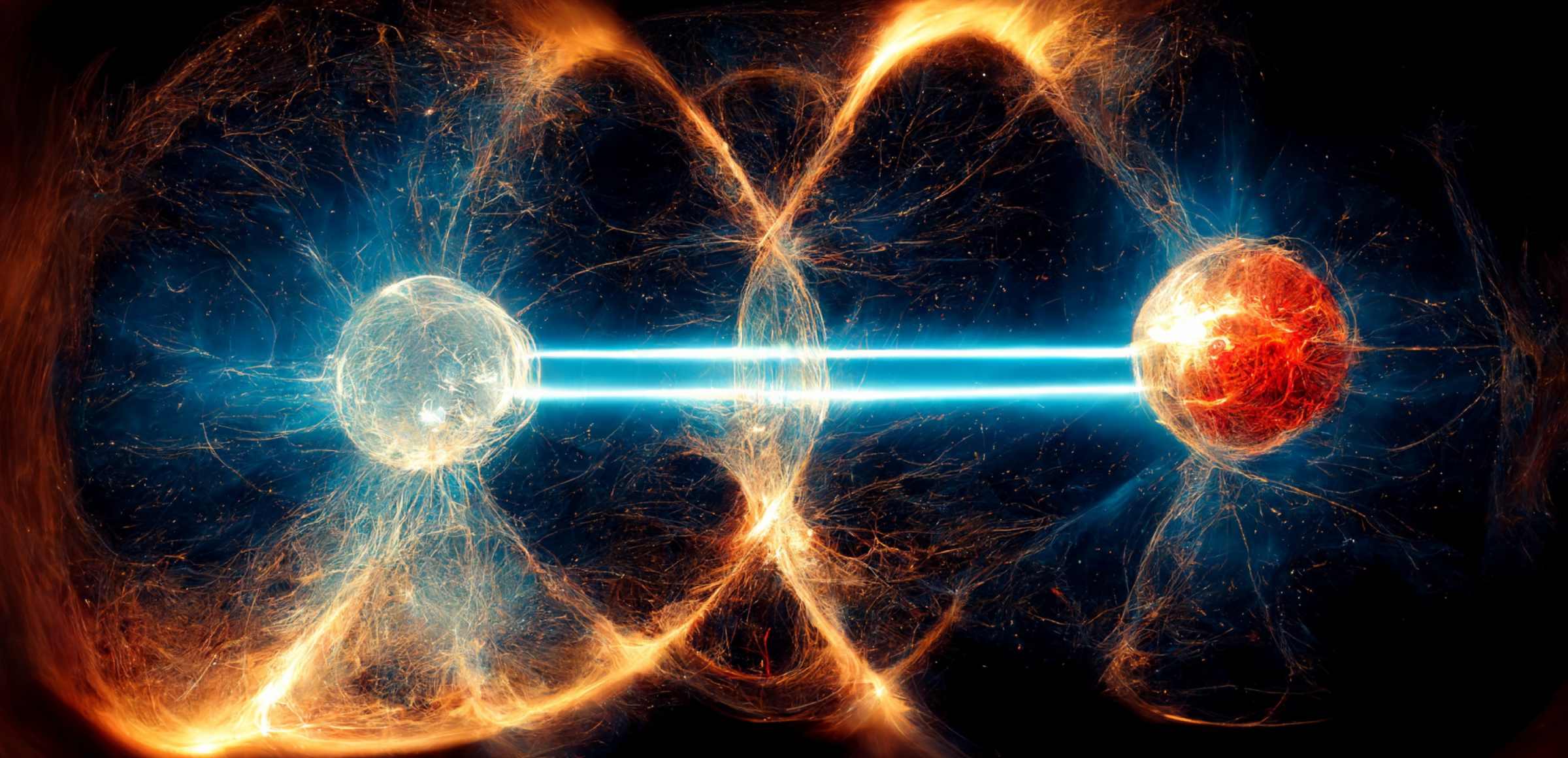
Venture capitalists’ interest in fusion startups has experienced fluctuations in recent years, mirroring the ebb and flow of external factors such as inflation. While the Fusion Industry Association reported a substantial increase in investment in nuclear fusion companies in 2023 compared to the previous year, the growth rate slowed down to 27%, indicating some investor apprehension.
However, beyond mere numbers lies a tale of enduring enthusiasm within the venture capital community for innovative approaches to harnessing the potential of fusion energy, often dubbed as the holy grail of sustainable power generation.
A pivotal moment in the field occurred in 2022 when the Department of Energy’s National Ignition Facility achieved a fusion reaction that produced more energy than was required to initiate it. This breakthrough, coupled with subsequent confirmations of its reproducibility, marked a shift from theoretical speculation to tangible progress in the pursuit of fusion power.
Adding to the narrative of advancement is Proxima Fusion, the inaugural spin-out from the esteemed Max Planck Institute for Plasma Physics (IPP). Based in Munich, Proxima recently secured €20 million ($21.7 million) in a seed funding round to commence the development of its inaugural generation of fusion power plants.
Proxima’s technology revolves around “quasi-isodynamic (QI) stellarators” utilizing high-temperature superconductors. In essence, stellarators comprise doughnut-shaped configurations of precisely arranged magnets to confine the plasma essential for fusion reactions. While stellarators pose significant engineering challenges due to their intricate magnet positioning, Proxima claims to have devised innovative solutions, drawing from advanced computing and engineering expertise.
Dr. Francesco Sciortino, co-founder and CEO of Proxima Fusion, highlighted the pivotal role of artificial intelligence in simulating plasma behavior, thereby accelerating progress towards viable fusion energy.
In contrast to laser-based fusion approaches, which involve compressing and igniting small pellets, Proxima focuses on achieving sustained plasma confinement, offering a more stable and continuous energy generation process.
Proxima’s ambitious timeline aims to realize fusion energy deployment by the mid-2030s, with plans to construct an intermediate device in Munich by 2031, leveraging insights from the W7-X experiment.

Investors, including Plural’s Ian Hogarth, express confidence in Proxima’s approach, citing advancements in high-temperature superconductors and computational simulation as key drivers of innovation. The company’s association with the W7-X project further bolsters its prospects, benefiting from substantial public investment in fusion research.
Despite Proxima’s promising trajectory, it faces stiff competition in the fusion arena, with numerous companies like Helion Energy vying for breakthroughs in nuclear fusion technologies.
Proxima’s recent seed funding, led by Redalpine and backed by a consortium of investors including government-backed funds and venture capital firms, underscores the collective optimism surrounding the company’s quest to realize the dream of fusion energy.
